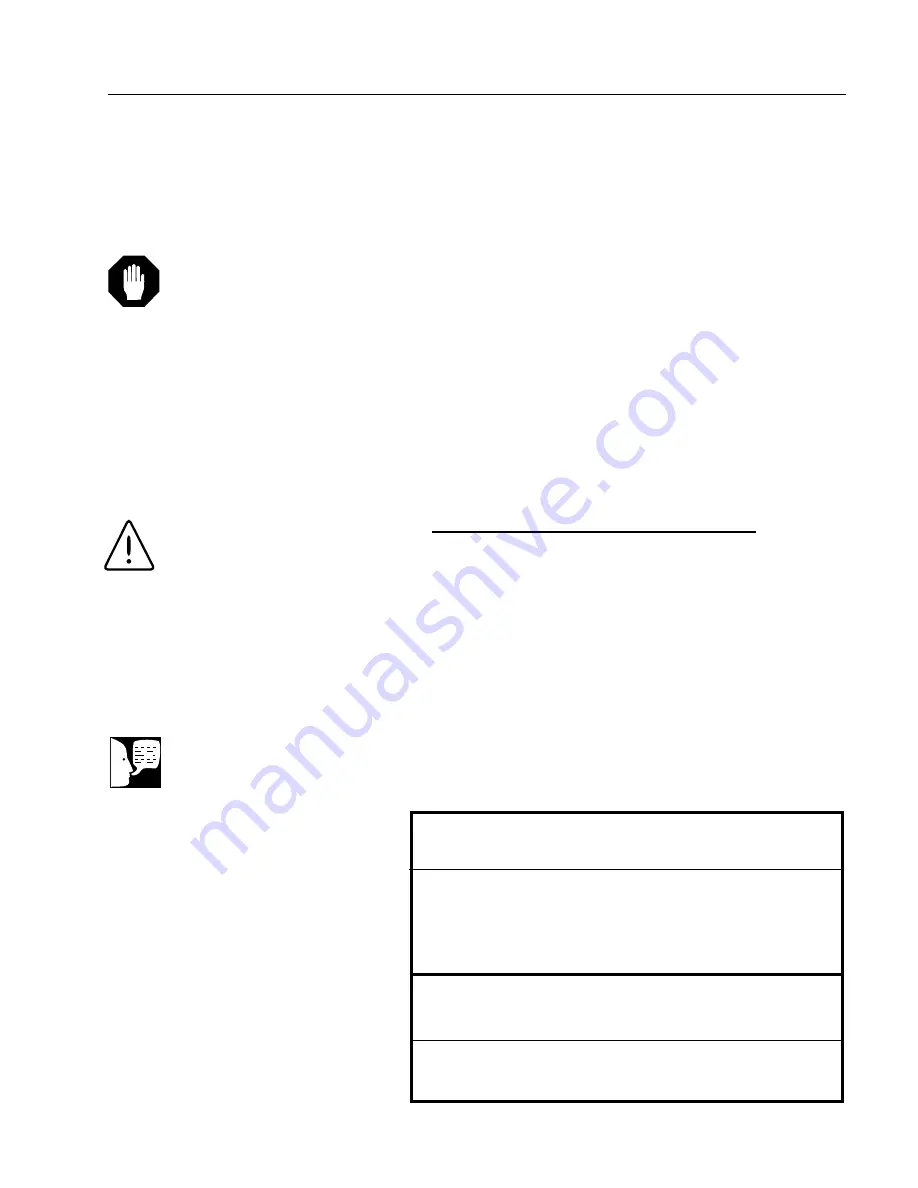
27
6.
Remove the covers from empty containers. Stand
the containers and covers on their sides.
7.
Turn curved vessels upside down so no water will
collect in the vessel.
8.
Place all sharps (knives, scissors, etc.) so that
they do not touch during sterilization. Cotton or
gauze may be used to isolate and protect the
sharp edges and the smaller instruments.
9.
Disassemble syringes if possible.
10. Do not plug syringes or needles.
Items to be Sterilized Loose and
Unwrapped
Items to be sterilized loose and unwrapped should be distrib-
uted in a single layer on the bottom of a lined, perforated tray.
Do not overload tray; allow space around instruments for
steam circulation.
Metal and glass canisters and containers should be placed
upside down on a perforated tray. Make sure containers are
placed so that they will drain, or they will not dry sufficiently to
ensure sterilization.
S
TERILIZATION
P
ROCEDURES
Caution
Do not mix different metals in the
same pack or wrapping or loose
on the same tray. Instrument dam-
age will result.
Appropriate Wrapping Materials for Steam
Sterilization (Partial List)
Muslin (2 layers), Nylon bagging material,
Commercial autoclave paper (must be as permeable
as muslin), Permeable paper and plastic bags, Cloth
or paper-covered trays
Materials Inappropriate for Wrapping for Steam
Sterilization (Partial List)
Canvas, Impermeable plastics, Aluminum foil,
Sealed jars, canisters or tubes.
Warning
Unwrapped items cannot be con-
sidered sterile once removed from
the sterilizer chamber.
Do not overload the trays.
Overloading trays may result in
inadequate sterilization and
unsterile instruments.
Note
Unwrapped trays are used
for sterilizing nonsurgical
instruments, canisters and
other items to prevent trans-
mitting infectious disease.
















































